- No products in the cart.
Amoxicillin granules for susp. 250mg / 5ml 100ml vials Hemofarm
$2.57
Amoxicillin granules for susp. 250mg / 5ml 100ml vials Hemofarm
SKU: 641966914 Categories: Antibiotics, Antibiotics, antimicrobial, antiparasitic, Medicaments Tags: amoxicillin, STADA
Description
Composition
Active substance:
250 mg of amoxicillin (in the form of amoxicillin trihydrate).
Excipients:
Sodium saccharin dihydrate 3.250 mg Simethicone S 184 – 7,750 mg, guar gum 21.000 mg 25.000 mg of sodium benzoate, sodium citrate dihydrate 27,000 mg, saccharose 1,642.500 mg, passion fruit flavor 1,750 mg, 5,000 mg raspberry flavor, strawberry flavor 16,750 mg .
Description:
The granulated powder from white to white with a yellowish tinge.
When water is added in a suspension of yellow color with a characteristic fruity odor.
Product form:
The granules for suspension for oral administration 250 mg / 5 ml. Suspensions in dark glass vial with Valium, a sealed screw, with the control of the first opening a plastic or metal cap. The top side of the plastic cover is applied diagram vial opening. 1 vial together with measuring spoon (5ml, with the mark for volume 2.5 ml) and instructions for use in paper cartons.
Contraindications
Hypersensitivity to amoxycillin and / or auxiliary components of an hypersensitivity to beta-lactam antibiotics (including to other. Penicillins, cephalosporins, carbapenems and others.), Atopic dermatitis, bronchial asthma, hay fever, infectious mononucleosis, lymphocytic leukemia, hepatic insufficiency , diseases of the gastrointestinal tract in history (especially colitis, associated with the use of antibiotics), lactation, lack of sucrase / isomaltase, fructose intolerance, glucose-galactose malabsorption.
Precautions – pregnancy, kidney failure, bleeding history, allergic reactions (including history).
Dosage
250 mg / 5 ml
Indications
Infectious and inflammatory diseases caused by susceptible to amoxicillin microorganisms: respiratory infections and ENT (sinusitis, pharyngitis, tonsillitis, acute otitis media, bronchitis, pneumonia), urinary system (pyelonephritis, pyelitis, cystitis, urethritis, gonorrhea, endometritis, cervicitis ), gastrointestinal (enterocolitis, shigellosis, typhoid fever, salmonellosis, salmonellonositelstvo), cholangitis, cholecystitis, peptic ulcer and duodenal ulcer (in combination therapy), infections of skin and soft Kania (erysipelas, impetigo, secondarily infected dermatoses), leptospirosis, listeriosis, Lyme disease (Lyme disease), meningitis, endocarditis (prophylaxis), sepsis, peritonitis.
Interaction with other drugs
Antacids, glucosamine, laxatives, drugs, food, aminoglycosides slow down and reduce the absorption of ascorbic acid increases the absorption.
Diuretics, allopurinol, oxyphenbutazone, phenylbutazone, nonsteroidal anti-inflammatory drugs and drugs that block tubular secretion, reducing tubular secretion, increase the concentration of amoxicillin in the blood plasma. The combined use of allopurinol can lead to the development of allergic skin reactions. Not recommended simultaneous application of amoxicillin and allopurinol. May increase the absorption of digoxin on background therapy with amoxicillin. It may need a dose adjustment of digoxin. Amoxicillin increases the efficiency of indirect anticoagulants (suppressing the intestinal microflora, reduces the synthesis of vitamin K and prothrombin index). In some cases, the drug can prolong prothrombin time (PT) and international normalized ratio (INR), and therefore the caution while applying anticoagulants and amoxicillin and carefully controlled MF and INR. May require dose adjustment of anticoagulants or withdrawal of amoxicillin. Amoxicillin should not be used simultaneously in combination with bacteriostatic antibiotics such as erythromycin, tetracyclines, chloramphenicol, sulfonamides, due to a possible decrease in activity (antagonistic action). With simultaneous use of methotrexate and amoxicillin may increase the toxicity of the first, probably due to competitive inhibition of the renal tubular secretion methotrexate amoxicillin. It is recommended to regularly monitor the concentration of methotrexate in the blood serum. The use of amoxycillin and probenecid is not recommended because probenecid decreases the renal tubular secretion of amoxicillin, thereby increasing its plasma concentration and extending the time of its stay in the blood serum. Simultaneous treatment with amoxicillin with estrogen-containing oral contraceptives may reduce their effectiveness and increase the risk of bleeding ( “breakthrough”). During treatment with amoxicillin possible false positive samples test to determine glucose in urine.
Overdose
Symptoms include nausea, vomiting, diarrhea, disruption of water and electrolyte balance (as a result of vomiting and diarrhea).
Treatment: gastric lavage, activated charcoal, saline laxatives, drugs for maintaining fluid and electrolyte balance; hemodialysis.
pharmachologic effect
Pharmacological group:
An antibiotic, a semisynthetic penicillin
Pharmacodynamics:
Antibacterial acid-antibacterial broad spectrum of action from the group of semi-synthetic penicillins. Inhibits transpeptidase, gives peptidoglycan synthesis (reference protein cell wall) between the division and growth, causing bacterial lysis.
It is active against aerobic Gram-positive bacteria: Bacillus anthracis, Corynebacterium spp, Enterococcus faecalis, Listeria monocytogenes, Staphylococcus spp.. (Except for strains producing penicillinase), Streptococcus spp, incl Streptococcus pneumoniae…; Aerobic gram-negative bacteria: Bordetella pertussis, Brucella spp, Escherichia coli, Haemophilus influenzae, Klebsiella spp, Neisseria gonorrhoeae, Neisseria meningitidis, Shigella spp, Salmonella spp, Pasteur ella septica, Proteus mirabilis, Vibrio with holer ae;…. Other microorganisms: Clostridium spp, Leptospira spp, as well as Helicobacter pylori, Borrelia burgdorferi…
Amoxicillin is exposed to destruction of beta-lactamases, so its spectrum antibacterial activity does not include microorganisms that produce beta-lactamase (penicillinase etc.).
Pharmacokinetics:
Absorption – fast, high (about 93%), food intake does not affect the absorption of amoxicillin is not destroyed in the acidic environment of the stomach. When administered in a dose of 125 mg and 250 mg of the maximum plasma concentration is reached after 1-2 hours, and is 1.5-3 mg / mL and 3.5-5 ug / ml, respectively.
Has a large volume of distribution: in high concentrations detected in plasma, sputum, bronchial secretions (in purulent bronchial secretions distribution weak), pleural and peritoneal fluid, urine, content of skin blisters, lung tissue, the intestinal mucosa, the female genital organs, prostate, middle ear fluid, bone, adipose tissue, gallbladder (with normal liver function), fetal tissues. With increasing doses of 2-fold concentration is also increased by 2 times. The concentration in the bile exceeding plasma concentrations 2-4 times. The amniotic fluid and cord blood vessels amoxycillin concentration – 25 – 30% of the plasma of pregnant women. Poorly penetrates the blood-brain barrier, inflammation of the meninges (meningitis) concentrations in the cerebrospinal fluid – approximately 20%. Communication with plasma proteins about 17%.
The partially metabolized to inactive metabolites. The half -. 1-1.5 hours is derived by 50-70% by the kidneys in unchanged form by tubular secretion (80%) and glomerular filtration rate (20%), liver – 10 – 20%. In a small amount is excreted in breast milk. The half preterm infants and children up to 6 months -. In 3-4 hours the kidney function (creatinine clearance less than or equal to 15 ml / min) increases the half-life to 8.5 hours Amoxicillin removed in hemodialysis..
Pregnancy and breast-feeding
Amoxicillin crosses the placental barrier, in small amounts excreted in breast milk.
If necessary, use of amoxicillin during pregnancy should be carefully weigh the potential benefits of therapy for the mother and the potential risk to the fetus. During the period of lactation (breastfeeding) amoxicillin used with caution.
Conditions of supply of pharmacies
On prescription.
side effects
The most direct adverse drug reactions are diarrhea, nausea, and skin rash.
Infectious and parasitic diseases
Very rare: skin and mucous membrane candidiasis.
Blood disorders and lymphatic system
Very rare: Reversible leucopenia (including neutropenia or agranulocytosis), reversible thrombocytopenia, hemolytic anemia, increased bleeding time and prothrombin time.
Violations by the immune system
Very rare: serious allergic reactions, including angioedema, serum sickness, allergic vasculitis and anaphylaxis.
Frequency unknown: Jarisch-Herxheimer reaction, allergic acute coronary syndrome (syndrome Kounisa).
Disorders of the nervous system
Very rarely hyperkinesia (increased muscle excitability), dizziness and cramps (spasms can occur in patients with renal dysfunction, epilepsy, meningitis or receiving high dose).
Frequency not known: aseptic meningitis.
Disorders of the gastrointestinal tract
Common: diarrhea, nausea.
Uncommon: vomiting.
Very rarely, antibiotic-associated colitis (pseudomembranous and including hemorrhagic colitis), black “hairy” language, color change of the surface layer of enamel.
Disorders of the liver and biliary tract
Very rare: hepatitis, cholestatic jaundice, mild and transient increase in the activity of “liver” enzymes. Violations of the skin and subcutaneous tissue
Common: skin rash. Uncommon: urticaria, and pruritus.
Very rarely, skin reactions such as erythema multiforme, Stevens-Johnson syndrome, toxic epidermal necrolysis, exfoliative dermatitis, acute generalized exanthematous pustulosis and drug rash with eosinophilia and systemic symptoms (DRESS-syndrome).
Violations of the kidneys and the urinary tract
Very rare: Acute interstitial nephritis, crystalluria.
In case of adverse reactions, including those not listed in the instructions, you should stop using the product and seek medical advice.
special instructions
Before treatment, the patient should be asked to identify a history of hypersensitivity reactions to penicillins, cephalosporins or other beta-lactam antibiotics. In patients with increased sensitivity to penicillins, possible allergic cross-reaction with cephalosporins. In the application of penicillin have been reported anaphylactic reactions, including fatalities. In rare cases, anaphylactic shock and other severe allergic reactions. Such reactions are possible in patients with hypersensitivity to beta-lactam antibiotics, or a history of atopy. In case of severe allergic reactions require the cancellation of amoxicillin and the appointment of an alternate treatment. In patients with severely impaired renal excretion of amoxicillin may be inhibited and, depending on the severity of renal failure, may require a reduction in the dose of the drug (see. The section “Method of administration and dose”). Forced diuresis accelerates elimination of amoxycillin and reduces its plasma concentration. Crystalluria may occur in patients with decreased urine output, preferably by parenteral administration of amoxicillin. Because amoxicillin is precipitated in a urinary catheter, it is necessary to regularly check catheter patency, monitor the adequacy of intake and excretion of fluids for the purpose of minimizing the risk-associated amoxicillin crystalluria. Amoxicillin should not be used to treat infections, pathogens are not sensitive to amoxicillin, it is especially important to consider when treating infections of the genitourinary system, and severe ear infections, nose and throat. Perhaps the development of superinfection due to growth insensitive to amoxicillin microflora, which requires a corresponding change of antibiotic therapy. Do not use the drug in patients with infectious mononucleosis, because Amoxicillin may provoke morbilliform rash. When you receive almost all antibiotics may develop antibiotic-associated colitis up to life-threatening condition. This should be considered when a diarrhea during antibiotic treatment or after its completion. In the case of an antibiotic-associated colitis, drug therapy should be discontinued immediately and consult your doctor for appropriate treatment. The use of drugs that inhibit intestinal peristalsis, are contraindicated. In applying the drug is long and / or at high doses should regularly monitor the blood count, liver and kidney function. Therapy with high doses of beta-lactam antibiotics in patients with renal failure or a history of seizures, epilepsy, over which the treatment is carried out, and the meninges lesion may in rare cases lead to seizures. Appearance of early treatment of generalized erythema, accompanied pustules may be a symptom of acute generalized exanthematous pustulosis. It requires discontinuation of treatment, continued use of the drug is contraindicated. Jarisch-Herxheimer reaction may occur when using amoxicillin for the treatment of Lyme disease, and is directly related to a bactericidal effect on pathogen amoxicillin – spirochete Borrelia burgdorferi. Clinical manifestations: fever, chills, headache, myalgia, skin erythema reaction in foci. Patients need to understand that the development of a Jarisch-Herxheimer reaction is a common consequence of the treatment of Lyme disease. Treatment necessarily continues for 48-72 hours after the disappearance of clinical signs of disease. Laboratory analyzes: amoxicillin high concentrations give a false positive reaction in the glucose urine using Benedict’s reagent or Fehling’s solution. We recommend using the glucose oxidase enzyme test. Amoxicillin may decrease the amount of estriol in the urine of pregnant women. Patients with diabetes must take into account that five ml suspension (2 g of granules) contain 1.65 g of sucrose (or 0.14 bread units BU), respectively, the maximum daily dose amoxycillin contains 3.3 XE. Patients with a rare hereditary fructose intolerance, glucose-galactose malabsorption or sucrase-isomaltase deficiency should not take this drug. In 5 ml of finished slurry contained 10.63 mg of sodium, which should be considered for patients who are on restricted sodium diet received.
The period of application of the drug to patients should take special care to drive and engage in other potentially hazardous activities, in view of the possible adverse reactions of the nervous system such as dizziness, agitation, behavioral disturbances.
Storage conditions
At a temperature of 25 ° C in original package in a dry, dark place. Keep out of the reach of children.
Dosing and Administration
Inside, before or after a meal.
Adults and Children over 10 years old (with a body weight over 40 kg)
Standard dosing regimen: 500 mg (10 ml) 3 times a day; in severe infections – 750 mg-1 g of (15 – 20 ml) 3 times a day.
Children aged 5-10 years are designated by 250 mg (5 ml of suspension) 3 times a day; children 2-5 years – 125 mg (2.5 ml suspension) 3 times a day; under 2 years – 20 mg / kg of body weight per day, divided into 3 doses.
The maximum daily dose for children under the age of 3 months – 30 mg / kg / day divided in 2 doses (every 12h).
Premature newborns and reduce the dose and / or increase the interval between doses.
The course of treatment – 5-12 days.
Preparation of the suspension: a vial add water to risks and shake well. The obtained suspension was stored in a refrigerator (at a temperature of 2-8 ° C) and used within 14 days.
Before each use of suspensions must be shaken. 5 ml of the prepared suspension (1 scoop) contain 250 mg of amoxicillin. If not speiialnyh rekomendaiy, use the standard dosing regimen. Speiialnye rekomendaiii on dosage regimen
In acute uncomplicated gonorrhea appoint 3 g (60 ml) once; Repeated reception of this dose is recommended in the treatment of women.
In acute infectious diseases of the gastrointestinal tract (paratyphoid, typhoid fever) and biliary tract, gynecological infections, adult – 1.5-2 g (30 – 40 ml) 3 times a day, or 1-1.5 g 4 times day.
In gastric ulcer and duodenal ulcer (in combination therapy): 750 – 1000 mg 2 times a day.
In leptospirosis adults – 0.5-0.75 g (10 – 15 ml), 4 times a day for 6-12 days. When salmonellonositelstve adults – 1.5-2 g (30 – 40 ml) 3 times a day for 2-4 weeks.
For prophylaxis of endocarditis with small surgical interventions adults – 3 – 4 g (60 – 70 ml) for 1 hour prior to the procedure. If necessary, repeat dose administered over 8-9 hours. In children, the dose is reduced to 2 times.
Patients with impaired renal function when creatinine clearance of 15-40 ml / min interval between doses was increased to 12 hours; when creatinine clearance less than 10 mL / min, the dose is reduced by 15-50%; in anuria – maximum dose of 2 g / day.
Information
Appearance may differ from that depicted in the picture. There are contraindications. You need to read the manual or consult with a specialist
Additional information
| Weight | 0.100 kg |
|---|---|
| Manufacturer | STADA |

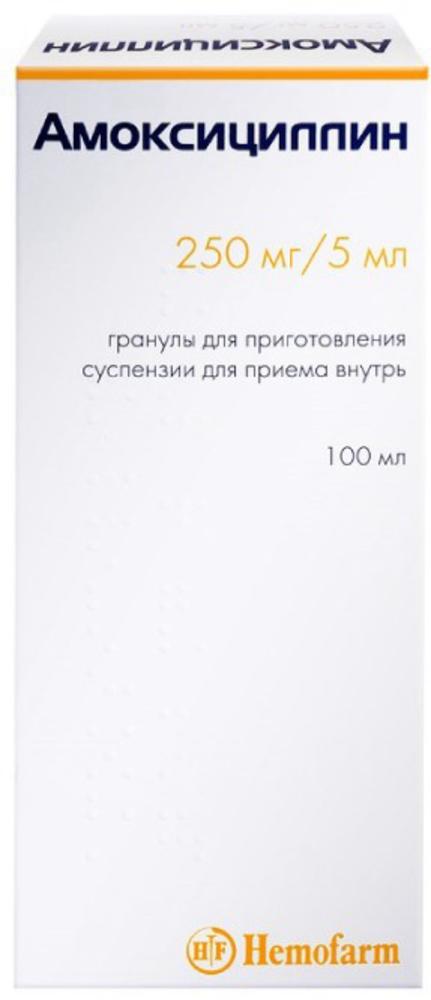
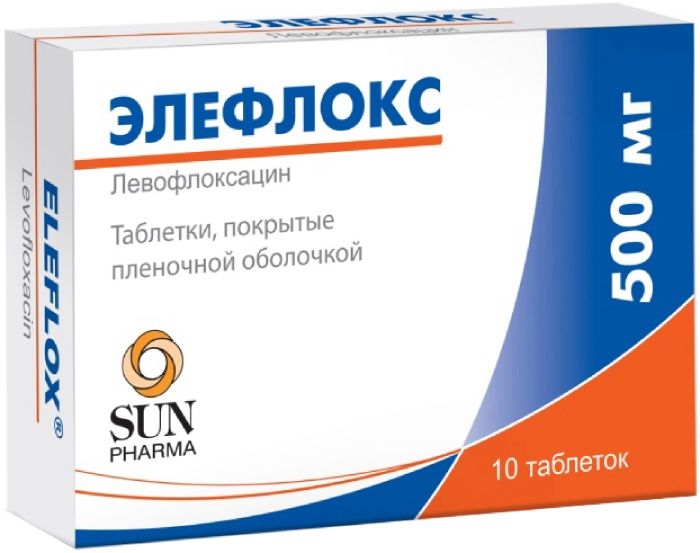
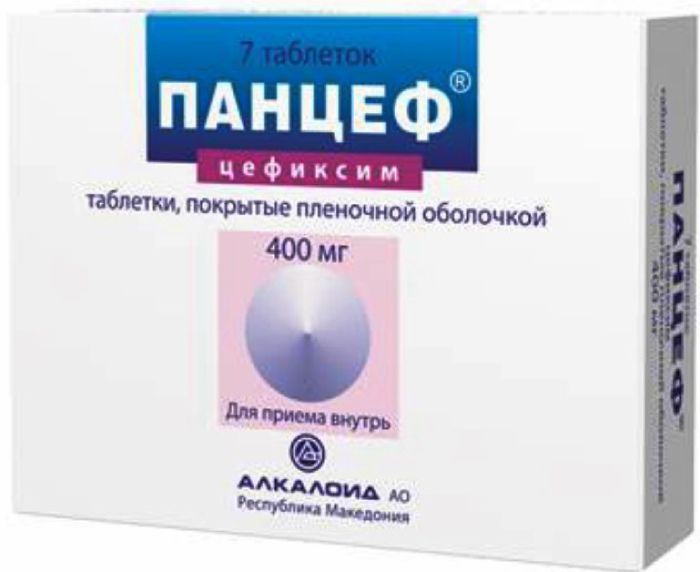
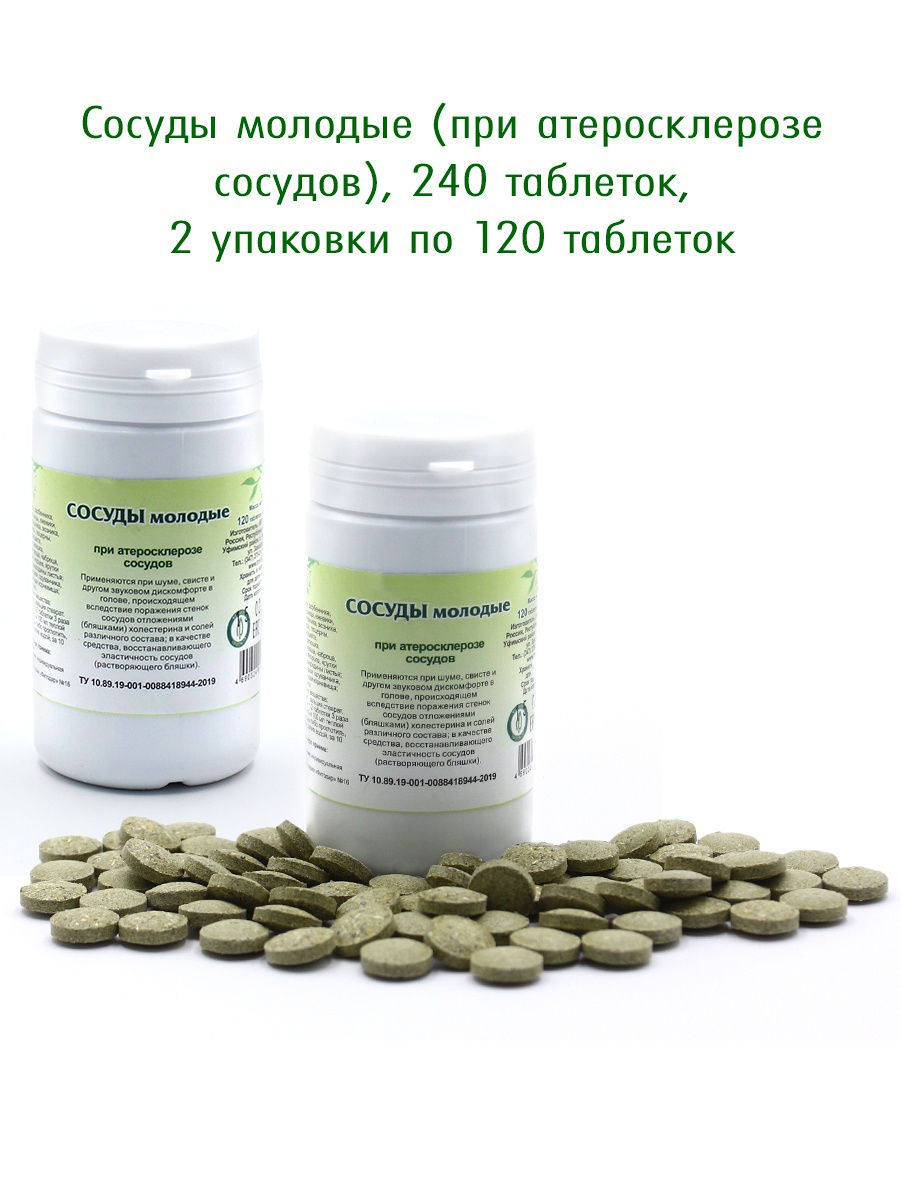

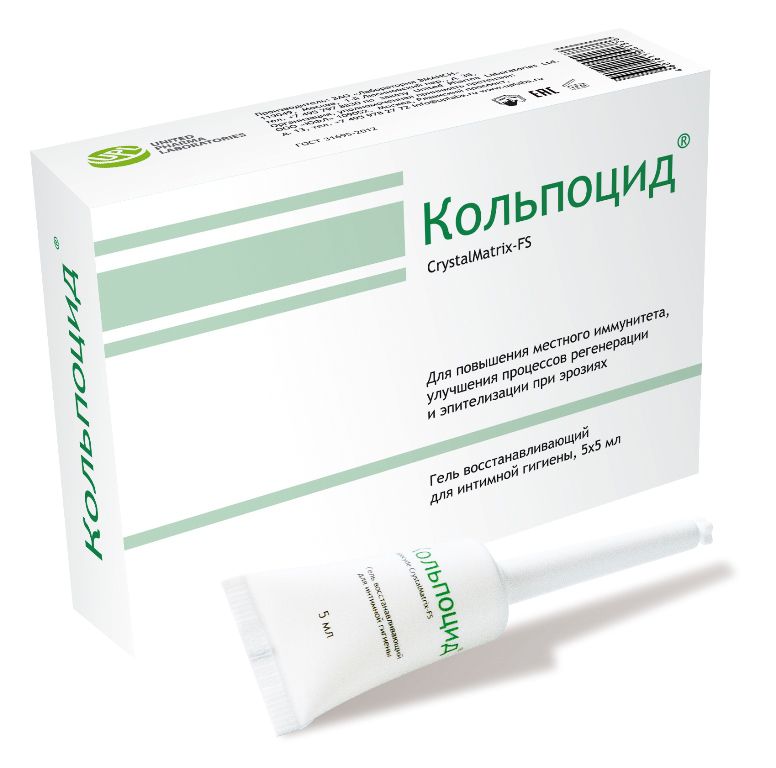
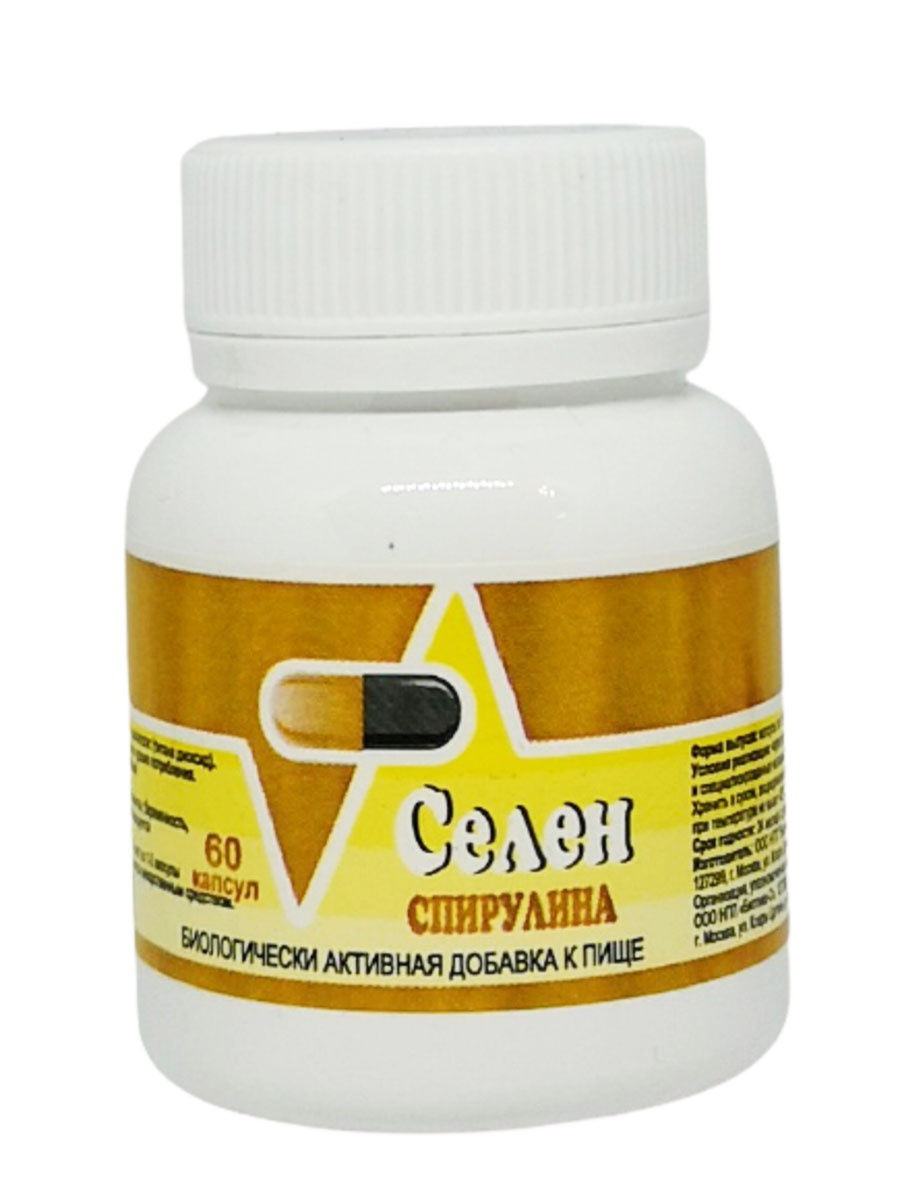

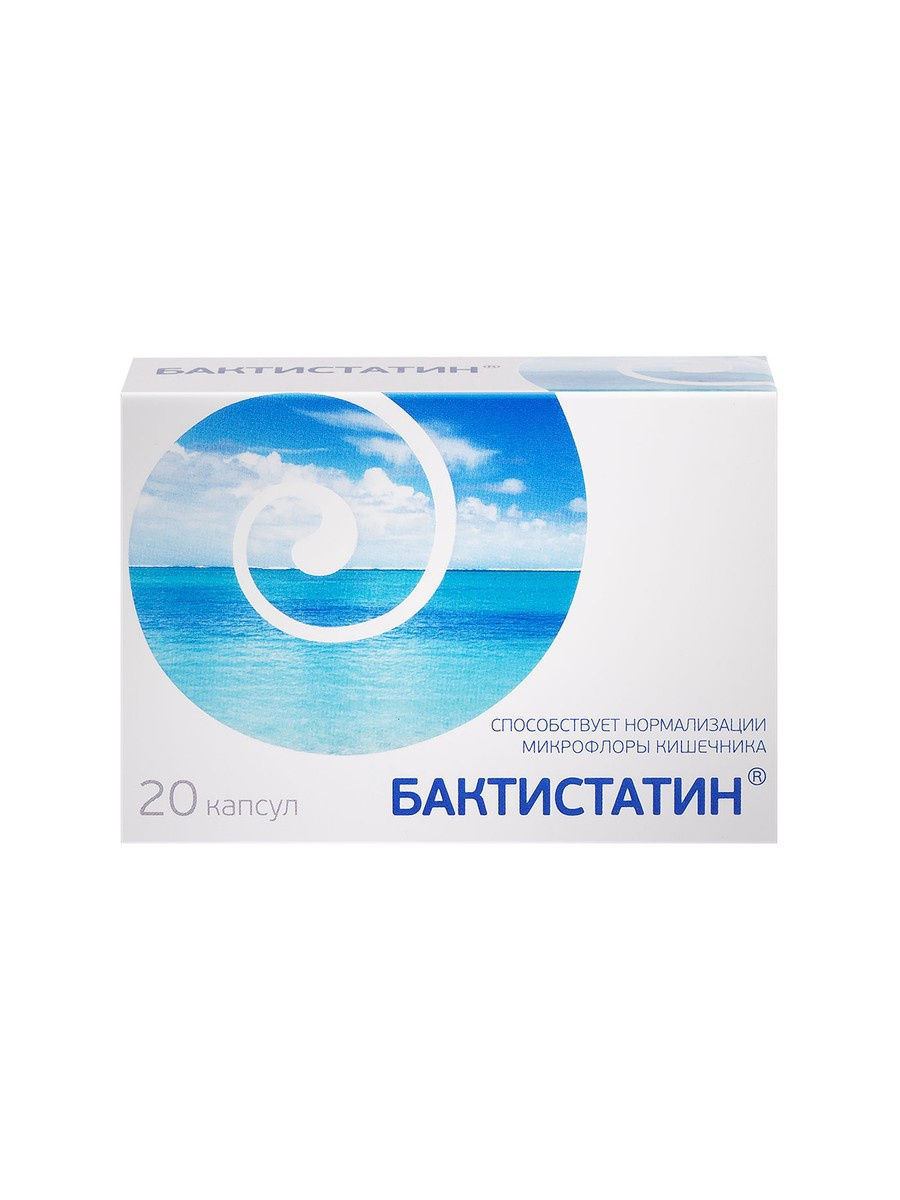




There are no reviews yet.